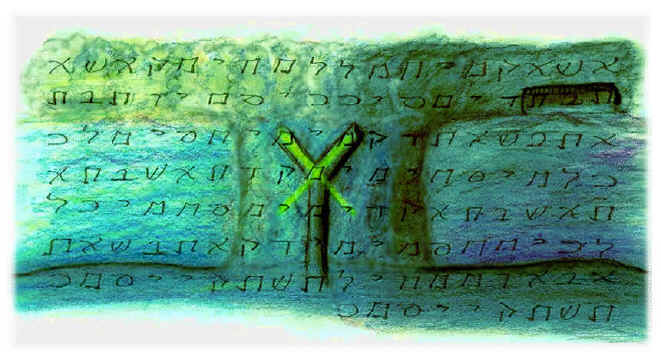
#Atbash cipher full#
Rather than using a word in its normal form, and at full power, they will encrypt it to change the numerical value of it which then reduces its impact.Ītbash in its regular form only encrypts the letters A-Z, leaving numbers and punctuation as plain text. Those who look for hidden meaning in words, such as Kabbalah-ists, use the Atbash cipher to dilute the power & meaning of words. Like most substitution ciphers, you can play word games with Atbash – look for words with can be encrypted into other words, for example Hold & Slow, or Glow and Told. You will see Atbash pop up in puzzle games, and if you get practiced enough at it you can use it to hide the meaning of things from prying eyes, but it won’t stand up to any real scrutiny.

With no key needed to translate it, it is easily broken with just a pen and paper. Like other simple substitution ciphers such as ROT13, Atbash doesn’t have any practical uses for encryption because it is so simple to decrypt. For example, Jeremiah 25:26 reads, ‘The King of Sheshach shall drink after them.’ Decrypting Seshach using Atbash gives you the more recognisable word, ‘Babylon’. One example of this is in the bible where place names have been encrypted using Atbash in some chapters of Jeremiah. That’s where the name comes from, it’s a shortened version of Aleph Taw Bet Shin, The first, last, second, and second-from-last letters in the Hebrew alphabet.īecause of its simplicity, Atbash hasn’t been used for serious encryption purposes but it has been used to disguise words from casual readers. It has its origins in Israel and was originally used to encrypt and decrypt the Hebrew alphabet. While a lot of people look at ancient Egypt for the origins of codes (and that is where the first evidence of encryption was found) Atbash was actually the first cipher. Find the letter in your cipher text on the bottom row and look above it to see it decrypted. All you need to do is create a translation table with the letters of the alphabet written from A to Z across the top and reversed along the bottom. If you find a cipher text with a lot of Vs, there’s a good chance you are looking at Atbash. When these have been encrypted using Atbash, they become V, G and Z.


The most commonly used letters in English are E, T and A. Text that has been encrypted with Atbash is most easily identified using frequency analysis. With Atbash, the Affine formula is a = b = ( m − 1), where m is the length of the alphabet. Affine is encrypted by converting letters to their numerical equivalent (A=1, Z=26 etc.), putting that number through a mathematical formula, and the converting the result into letters. To use Atbash, you simply reverse the alphabet, so A encodes to Z, B to Y and so on.Ītbash is considered a special case of Affine Cipher, a monoalphabetic substitution cipher. It is believed to be the first cipher ever used, and its use pre-dates Egyptian examples of encryption. The Atbash Cipher is a really simple substitution cipher that is sometimes called mirror code.


 0 kommentar(er)
0 kommentar(er)
